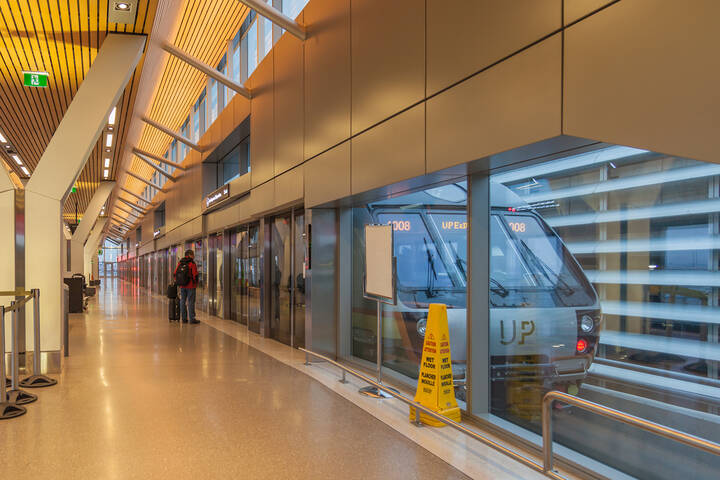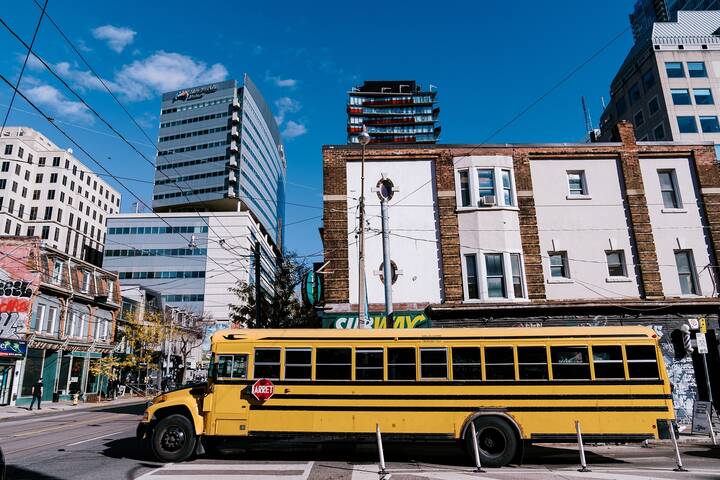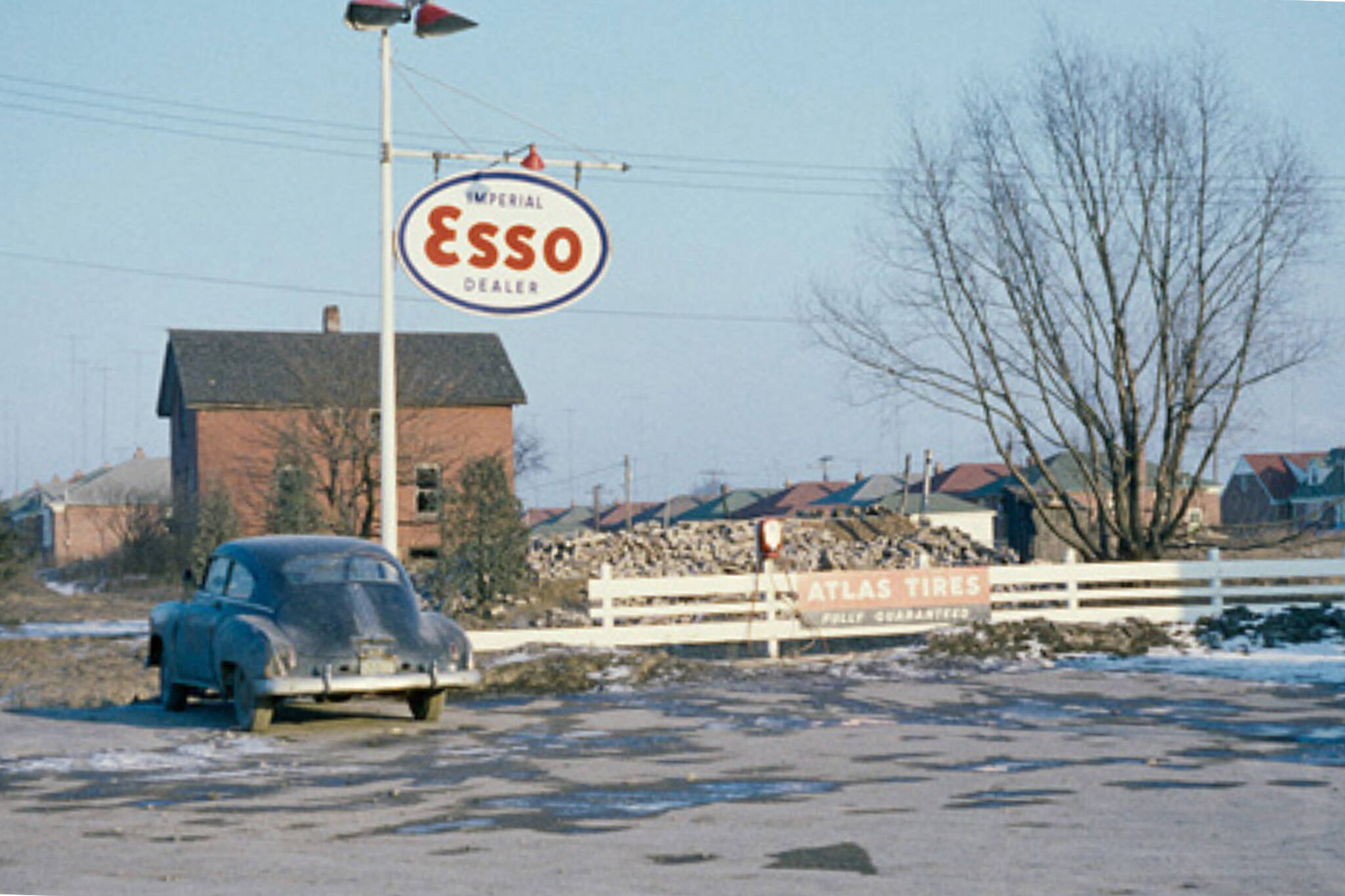
The history of the Rexdale neighbourhood in Toronto
Rexdale is a neighborhood located north-west of downtown Toronto. Sitting right on the edge of Etobicoke, it includes the area between Highway 427, Highway 401, Steeles Avenue and the Humber River.
Within Rexdale, you can find several smaller neighbourhoods including Humberwood, Clairville and Smithfield.
The area known as "Old Rexdale" refers to the smaller area west of the Humber River, east of Islington Avenue and in between Thistletown and the 401.
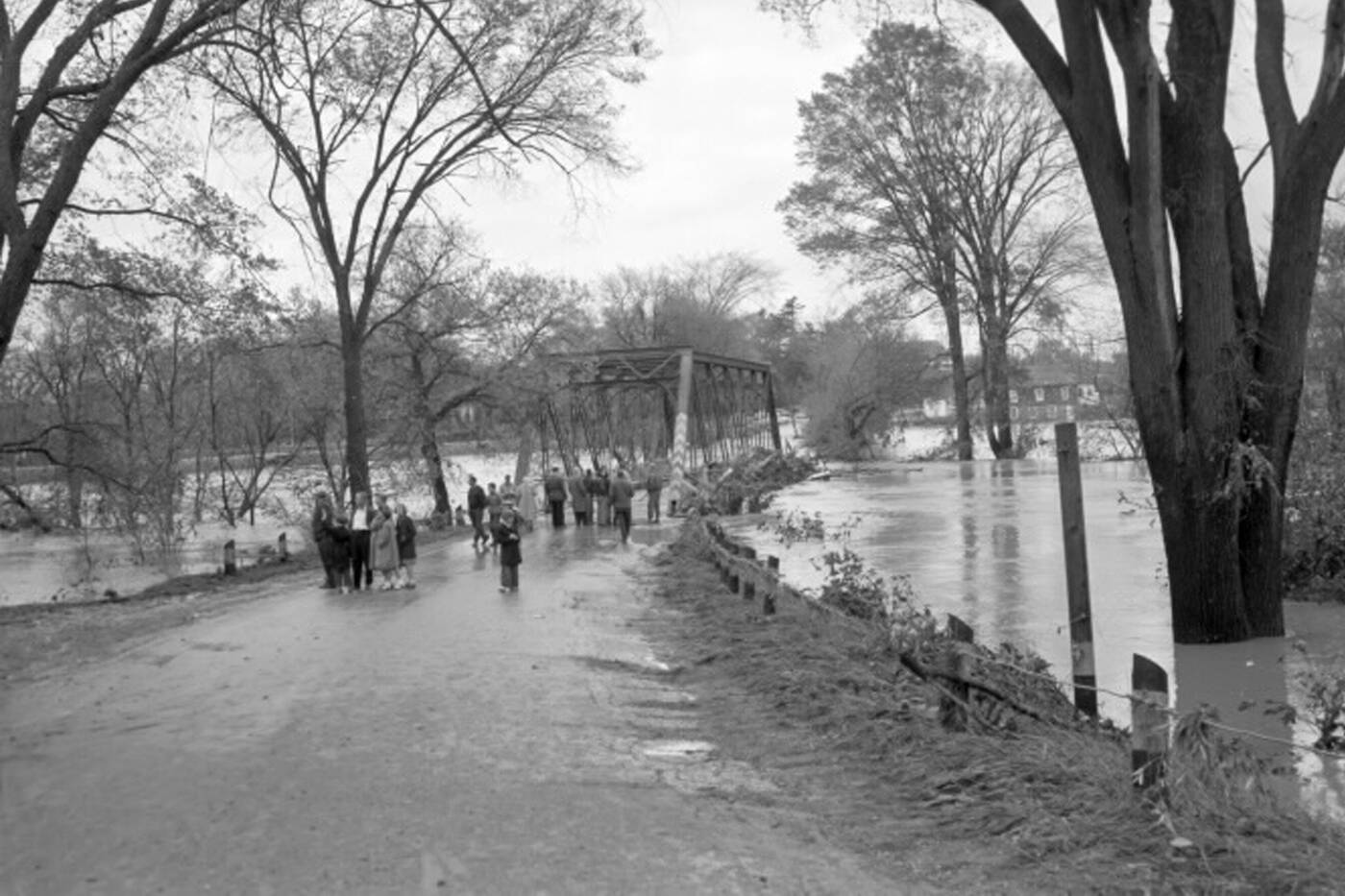
A group of people gathered over the Humber River in 1954. Photo by Toronto Public Library.
Great soil for farming
Development of Old Rexdale began in the mid-1900s, but there were some key events in the neighbourhood prior to that.
According to the Etobicoke Historical Society, the first land grants were made in 1799. Since Rexdale was so far from the main city and had very few roads, it wasn't a very sought after area.
What it did have, however, was great soil for agriculture. Because of this, almost all of the land was used for cultivation. It stayed this way until post-WWII when people began looking for housing and jobs.
Post-WW-II
The mid 1900s was truly when Rexdale began to form and it was all thanks to a man named Rex Wesley Heslop.
Born in Etobicoke, Heslop became a successful businessman, both in Canada and the United States. He built hundreds of homes in Alderwood, but soon land in that neighbourhood ran out. This led Heslop to look north to Rexdale.
He purchased the farmland and began building roads, sewers, water mains and houses. According to the Etobicoke Historical Society, during this time Heslop made an important deal with the Etobicoke city council.
A need for housing
In exchange for building houses for the neighbourhood, he was allowed to establish new industry in the area at a ratio of 35 per cent industrial assessment to 65 per cent residential.
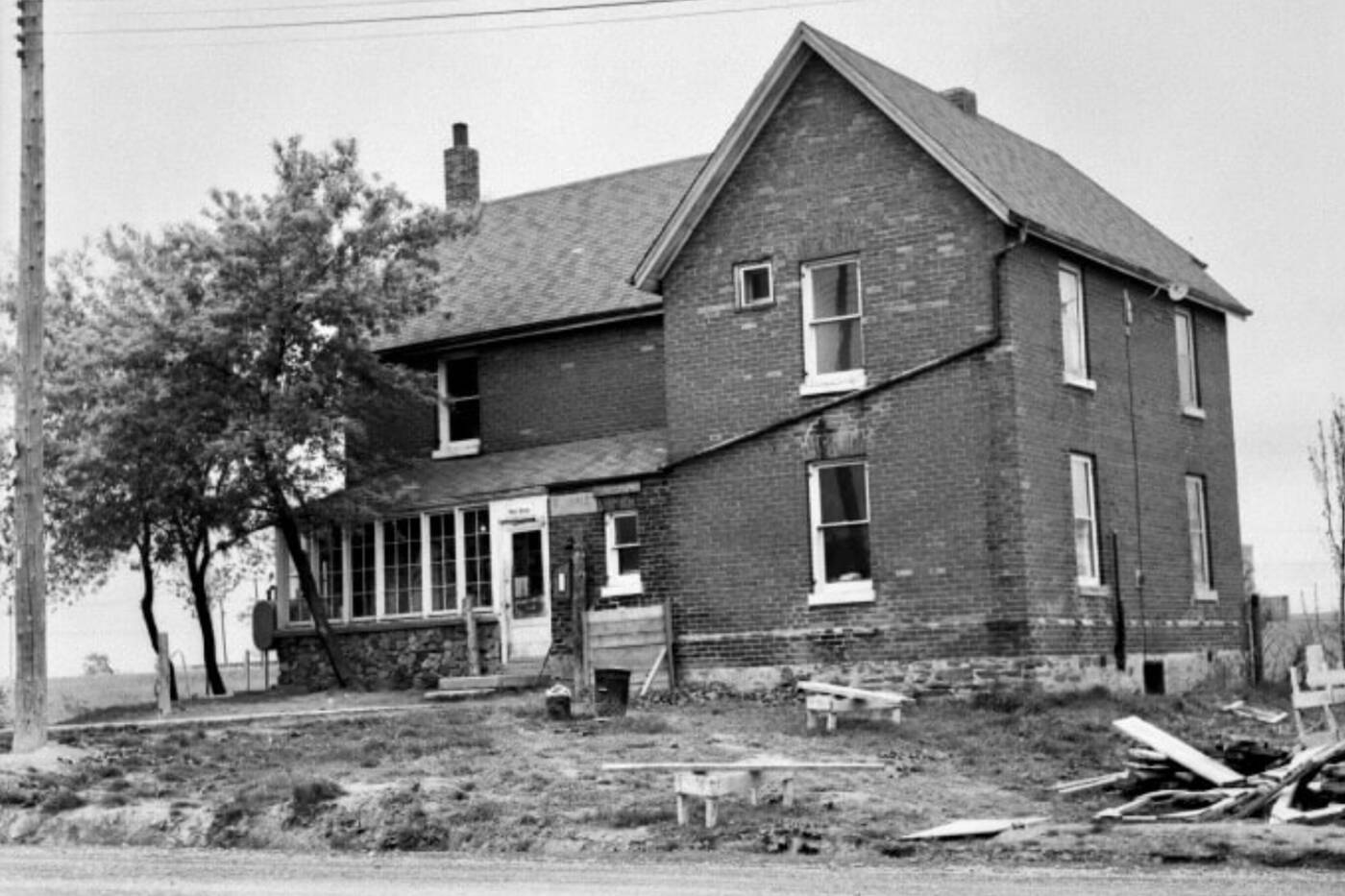
The building that served as Rex Heslop's home, office and post office in the 1900s. Photo by Toronto Public Library.
In 1951, he bought a 100-acre farm which would become his house, office and unofficial post office. The land was located east of Islington Avenue, just north of the 401, and was soon turned into a lot for more houses.
In 1952, Heslop signed an agreement to sell the first homes in Rexdale to a group of 40 employees from the AV Roe Aircraft Company in Malton. These homes were small bungalows and one and a half story buildings.
Schools and stores
With more people moving into the neighbourhood there became an evident need for schools and shopping centres.
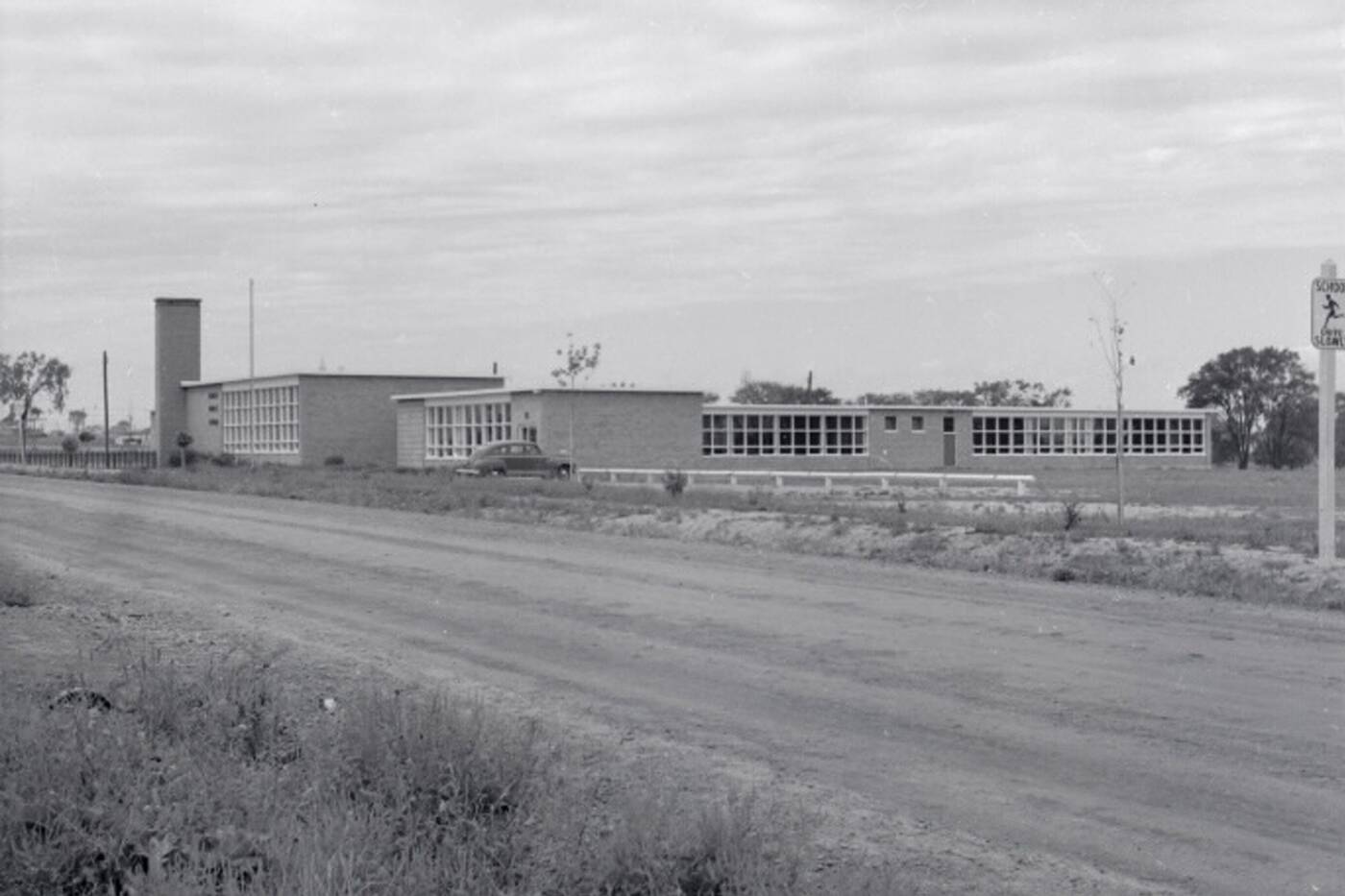
Elmlea Public School in 1955. Photo by Toronto Public Library.
In 1953, the first school in Rexdale named Elmlea Public School, was opened on Hadrian Drive. Two years later, Rexdale Public School opened just west of Islington Avenue on Barrhead Crescent.
In 1956, Rexdale Plaza was built by Heslop and his team. This was one of the few plazas in Toronto at the time, and was home to a Dominion (now known as Metro) and various retail stores.
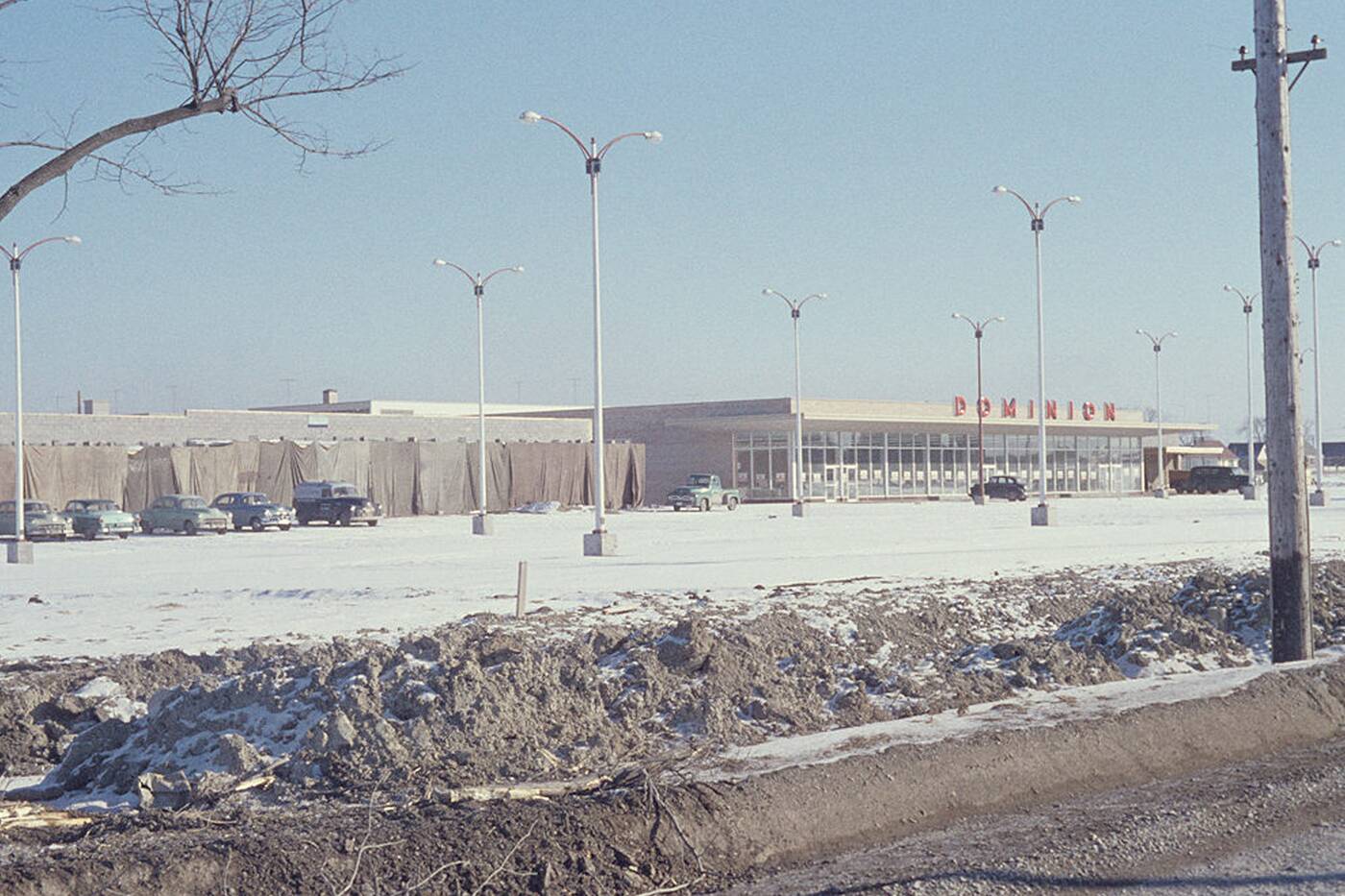
Photo of Dominion in Rexdale Plaza in the 1950s. Photo by Toronto City Archives.
The plaza stood in the neighbourhood for almost half a century before it was demolished and replaced with a shopping centre in the early 2000s.
New Rexdale
After all of his success with Old Rexdale, Heslop began developing the area west of Islington Avenue, which would become New Rexdale.
"Eventually Heslop developed over 2000 homes and 70 businesses on 1200 acres of land, and he was a millionaire," according to the Etobicoke Historical Society.
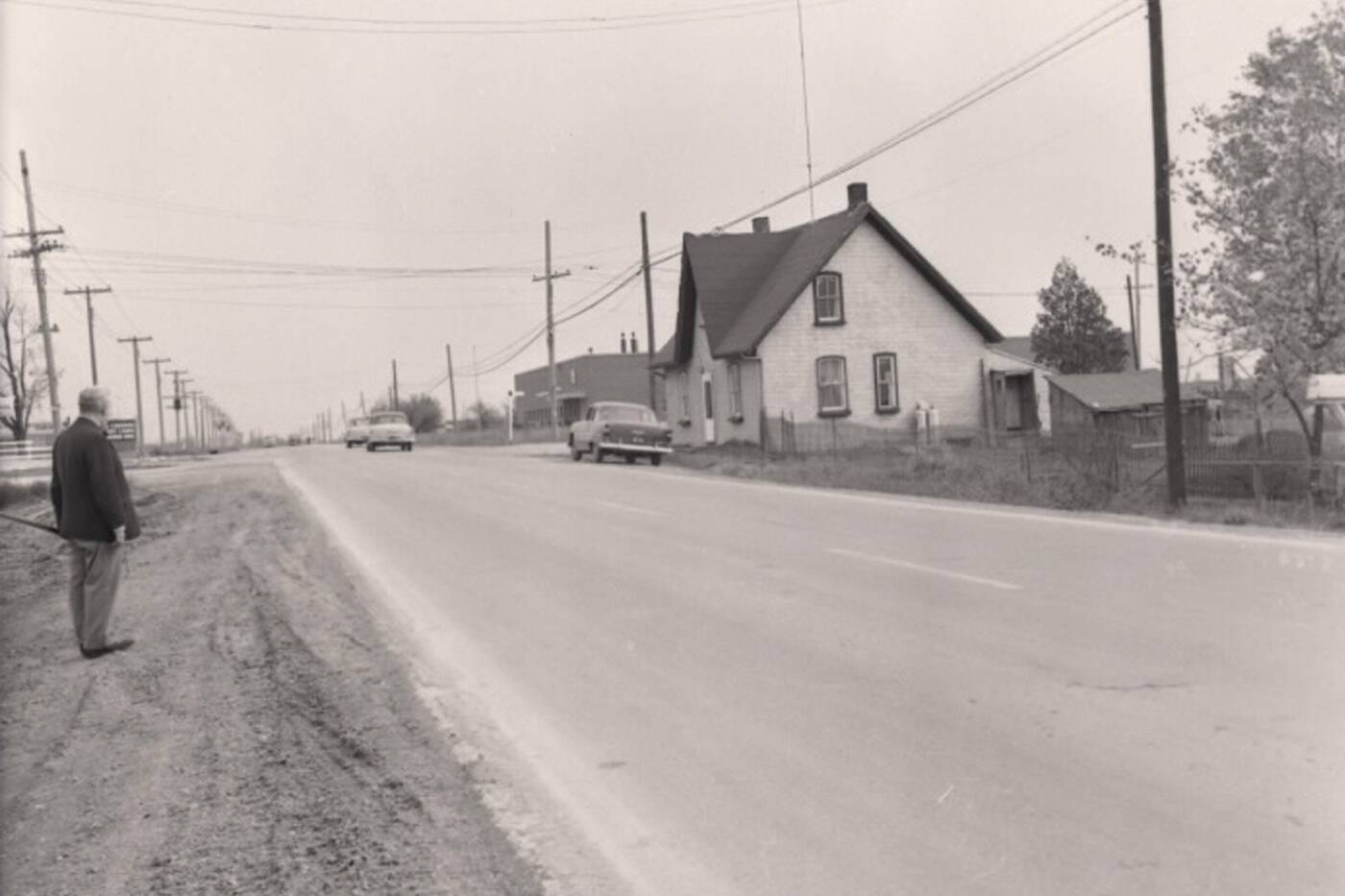
Rexdale Boulevard in 1955. Photo by Toronto Public Library.
In the mid-1900s, Pine Point Park became the first park in Rexdale. While the land was purchased and developed decades earlier, it wasn't until the Township of Etobicoke purchased it, that it became the park it is known for. Today, it boasts an arena, tennis courts and a great tobogganing hill.
An unfortunate reputation
In the late 90s and early 2000, this blend of a residential and industrial neighbourhood gained a rather negative reputation.
While the neighbourhood was generally quiet, filled with families and schools, media coverage of some high profile crimes drew attention to it, and not in a positive way.
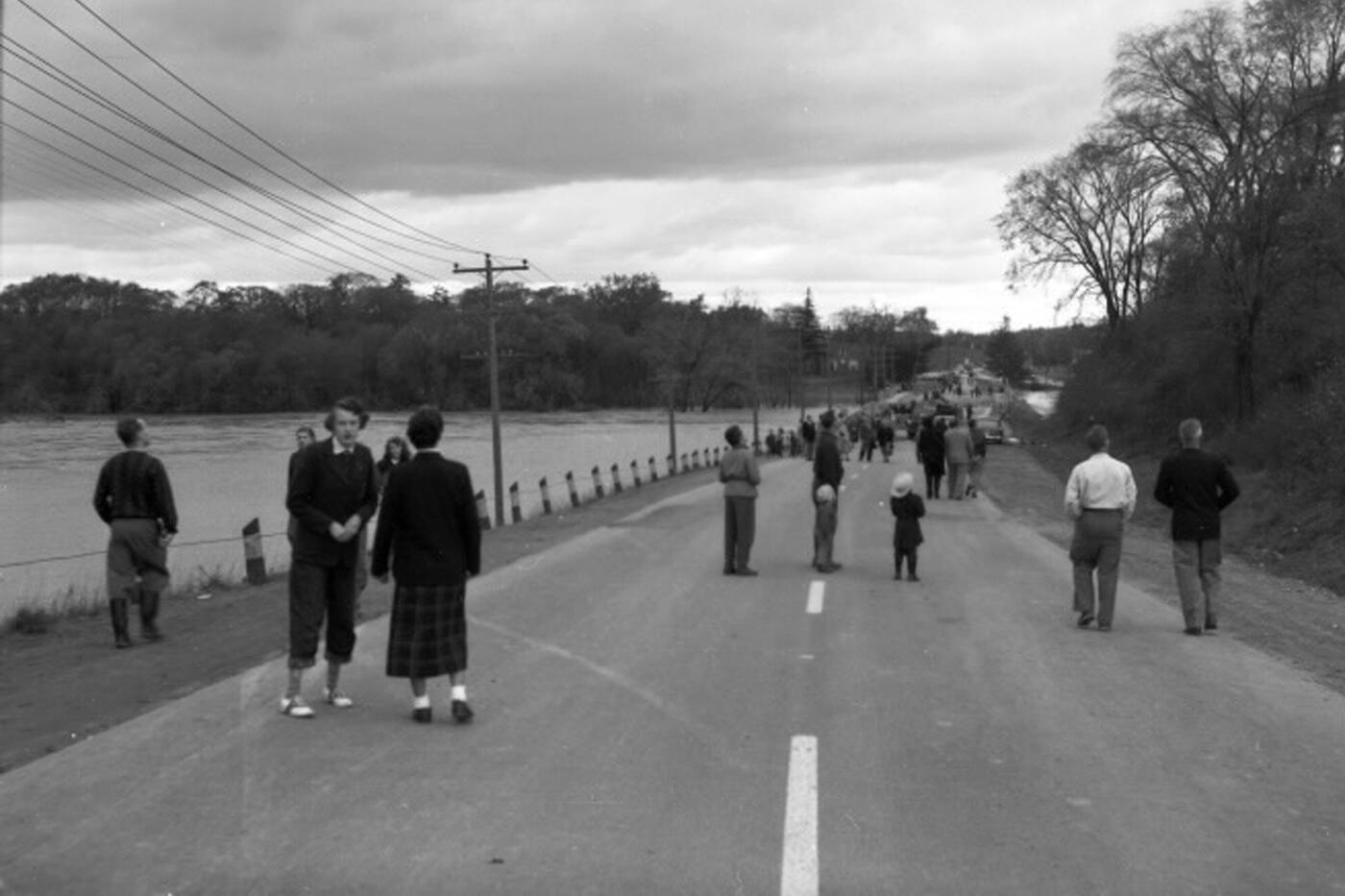
Photo of people gathered on a road by the Humber River in Rexdale in 1954. Photo by Toronto Public Library.
In Amy Siciliano's Policing Poverty, she quotes the Globe and Mail saying, Rexdale "is a classic example of a new Suburban phenomenon –an over-night housing development with a runaway population growth and no priorities given to the provision of services and facilities that bear directly on the quality of human life."
For years it was an area of the city that lacked funding and adequate services for its residents.
According to this CBC article, waves of violence are not unusual to the area. "The city's northwest has a history with gang activity, turf wars and retaliation, guns and drugs."
While Rexdale has had more than its fair share of crime over the years, it's also a neighbourhood that is constantly growing and evolving. Community centres, services and programs are all working to create a better Rexdale for its residents.
City of Toronto Archives
Latest Videos
Latest Videos
Join the conversation Load comments

